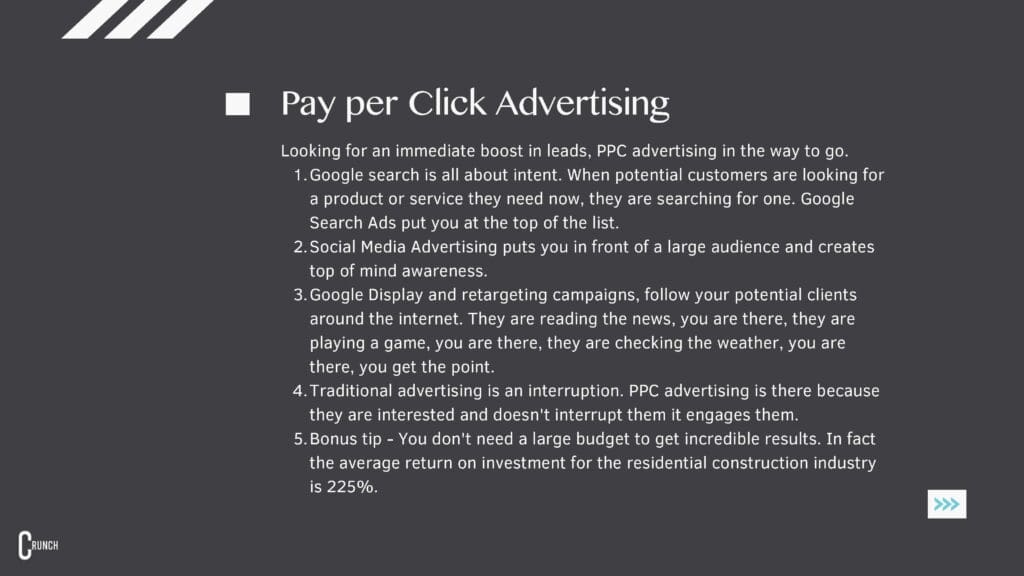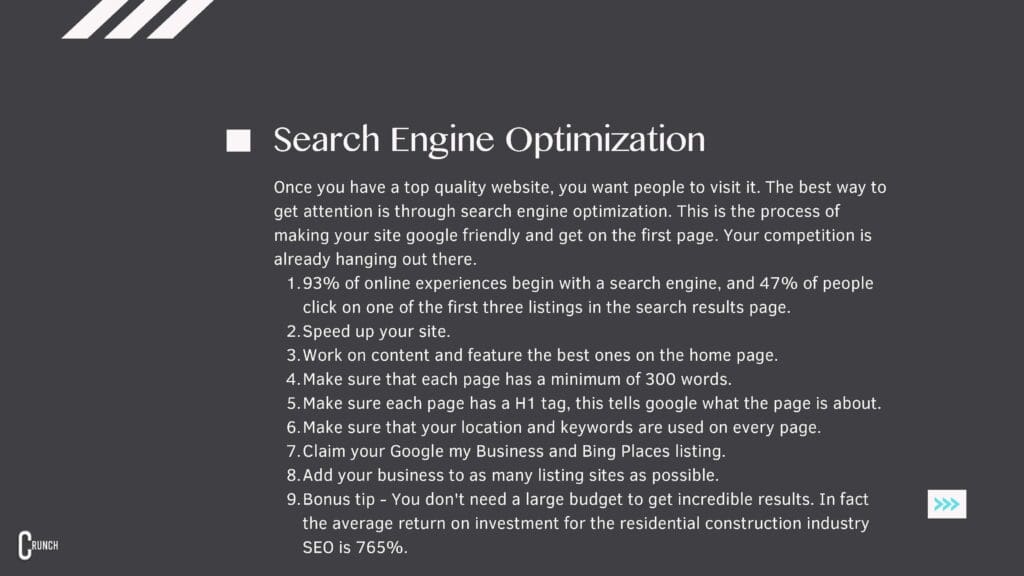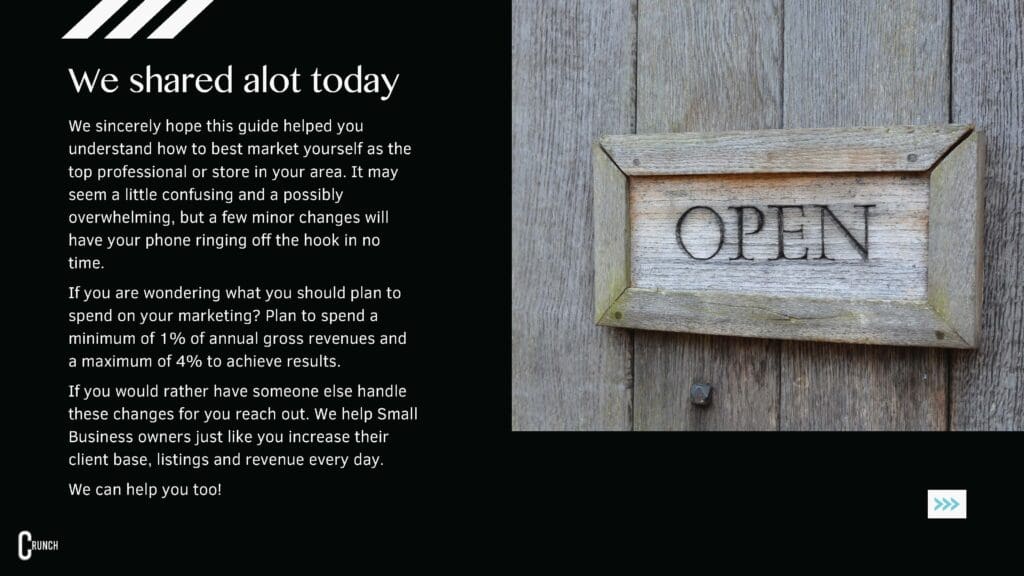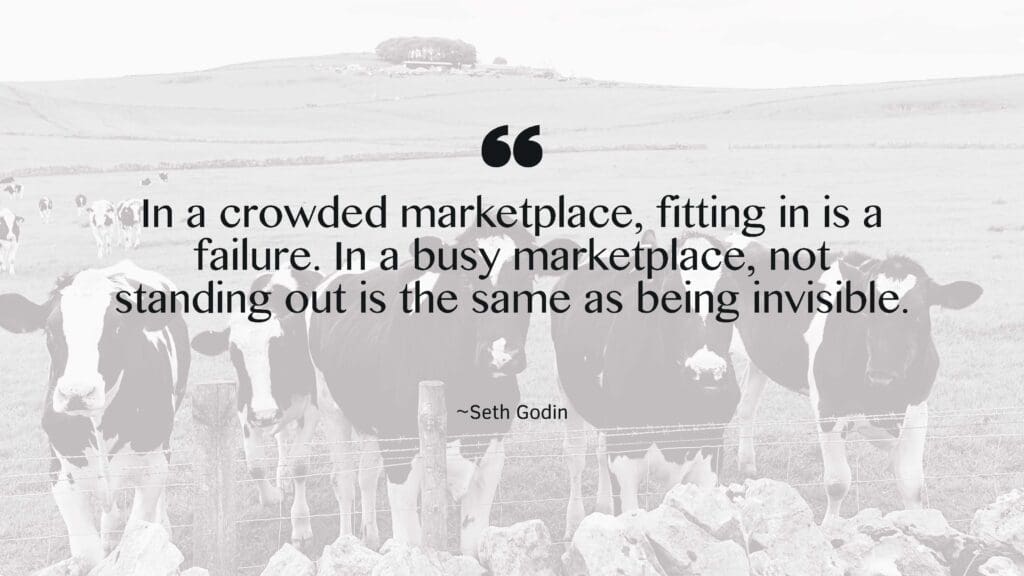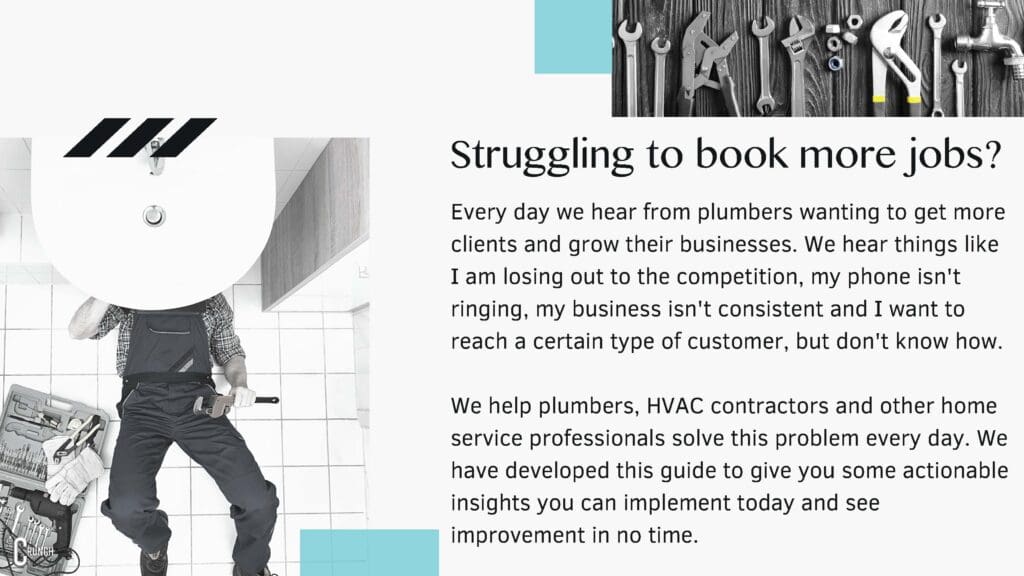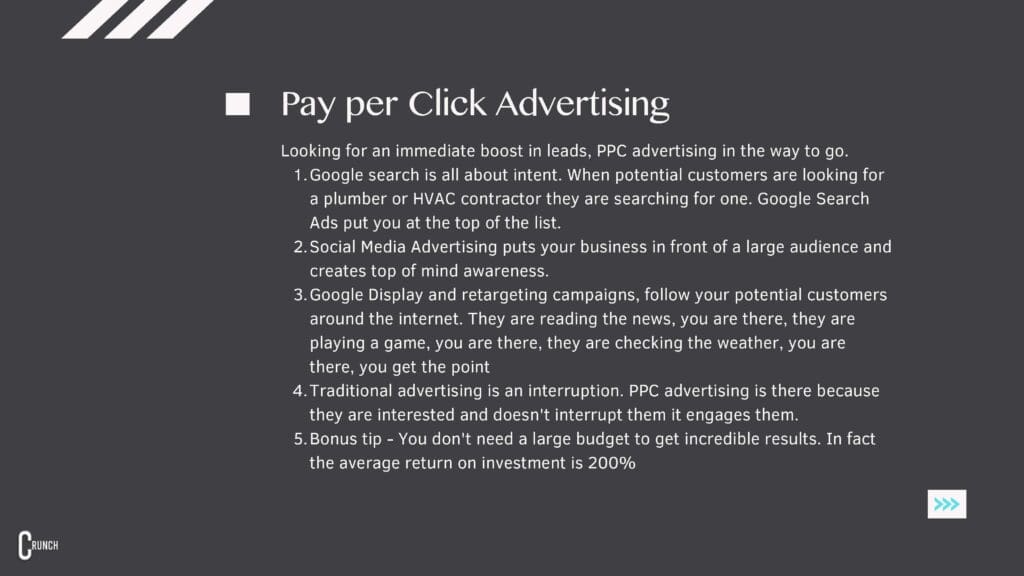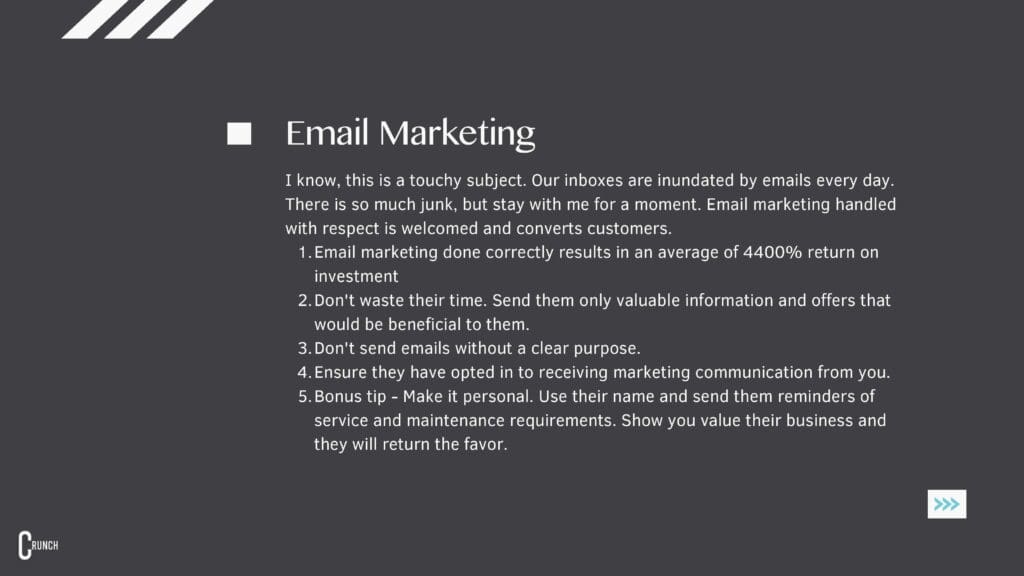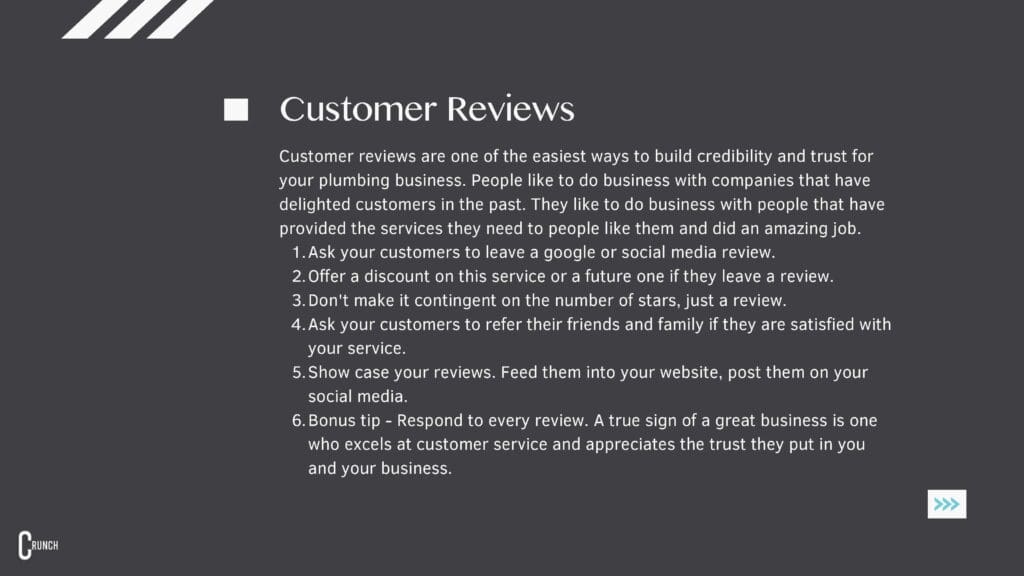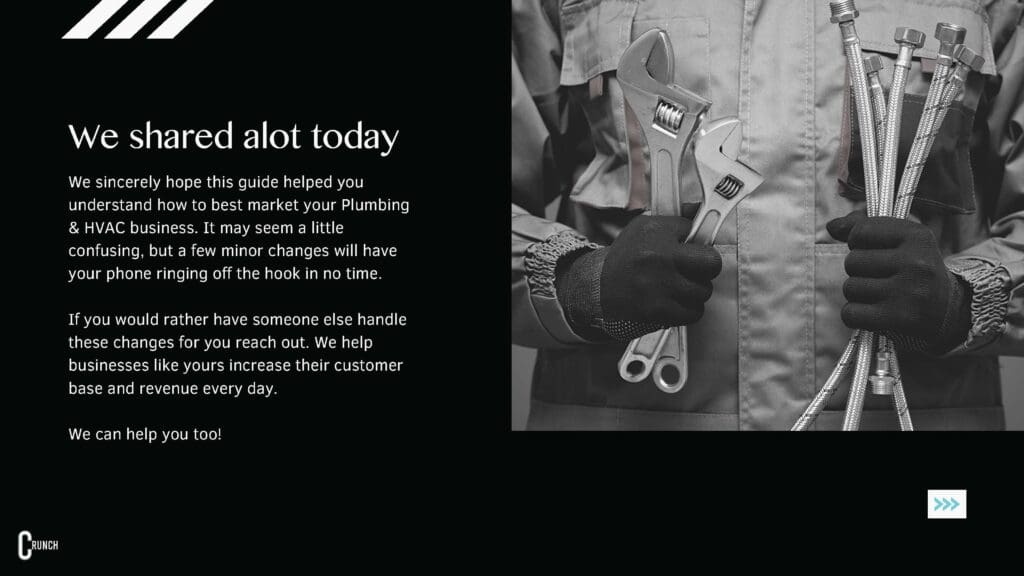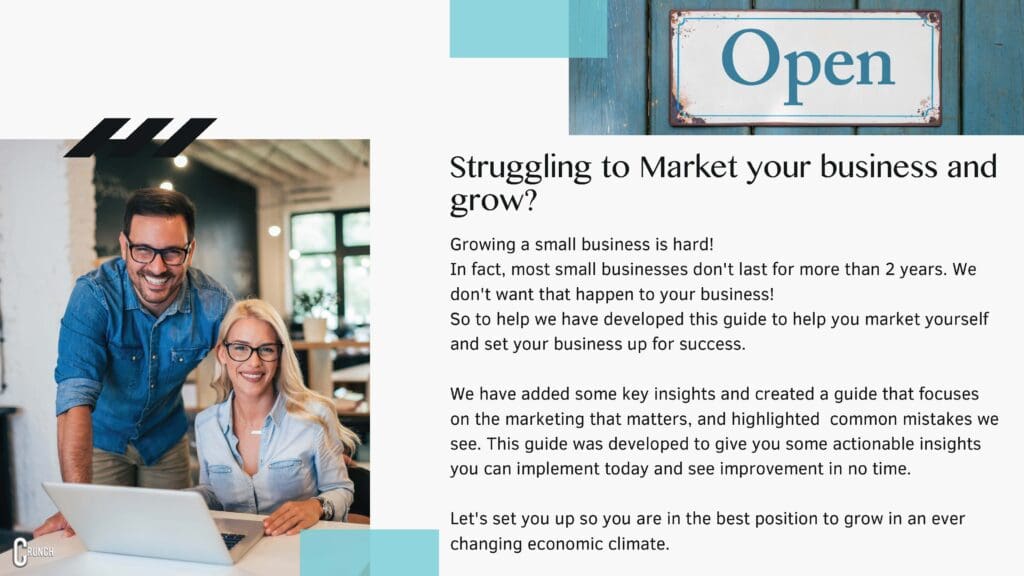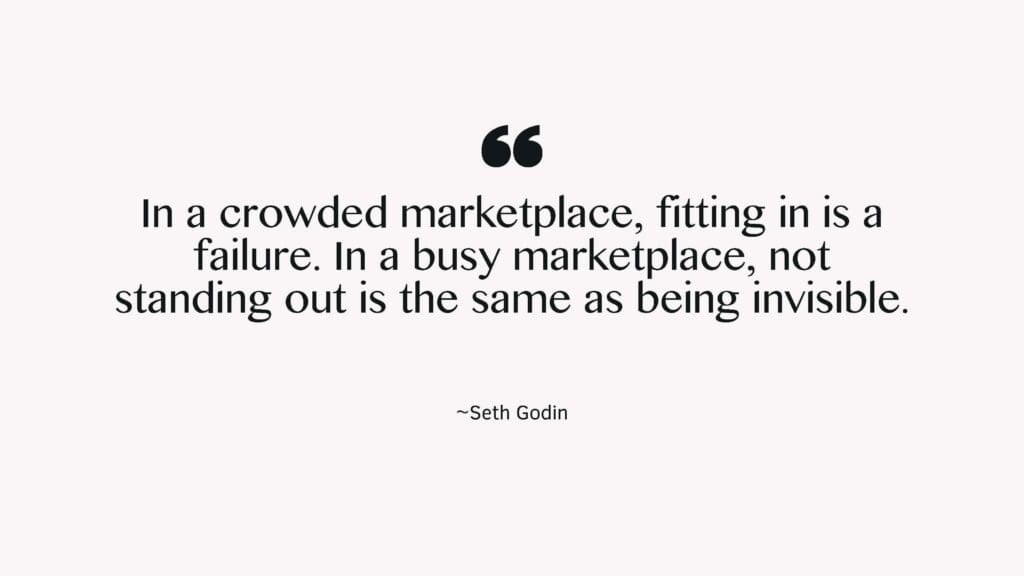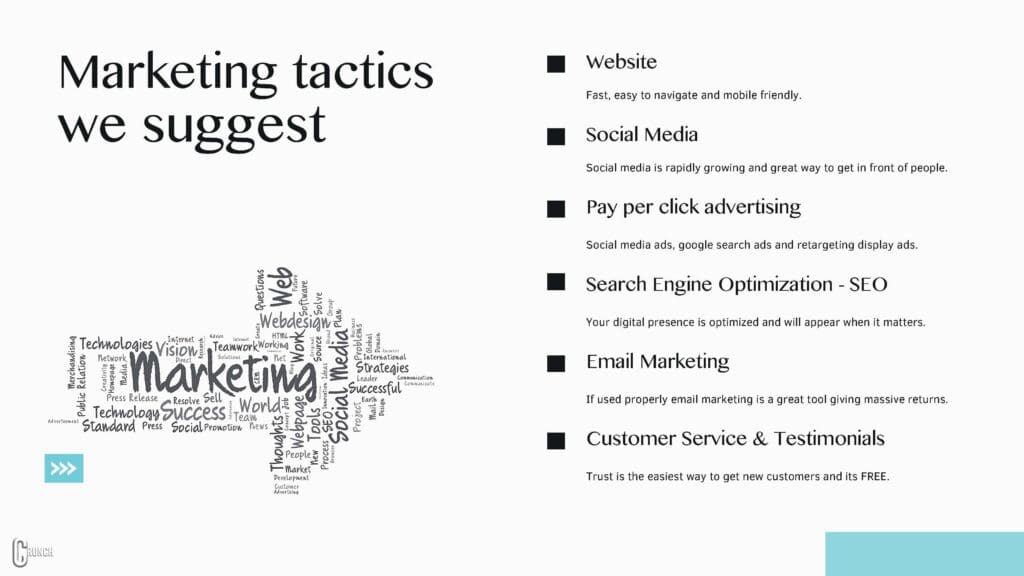Small businesses tend to struggle getting noticed online, which means they don’t get the exposure they deserve. You’ve probably noticed this yourself: when you think about businesses in your area or companies that offer the same type of products as yours, how many come to mind?
If you’re like most people, it’s probably not very many. Having a good website can make a big difference for a small business because it gives customers another way to learn about you and connect with others who have similar interests.
Make it fast.
You have a small window of time to capture your visitor’s attention, so you don’t want to spend precious seconds waiting for a website to load. The majority of users won’t stick around for more than seven seconds before abandoning a site that takes too long to load. In fact, most people will leave in less than three seconds if the site isn’t loading quickly enough. It doesn’t matter how many times you’ve optimized your blog posts or social media posts—if people can’t even access your content because they’re waiting for a slow-loading page (or worse yet, multiple pages), they’re going to go somewhere else and never come back.
Don’t forget mobile friendliness is also crucial: over half of all adults’ own smartphones, which means that even if someone has an excellent connection speed at home or work, they could still be struggling with your site on their phone while they’re out and about! If there’s anything that makes visitors leave faster than slow load times, it’s having trouble reading text or tapping buttons on a mobile device due to poor layout choices when the site was designed.
Contact info and map on landing page.
You need to make sure that once they arrive on your page, they know what to do next. With all the scams that exist in the world today, one of the easiest ways to build trust with your site visitors is to make sure all of your contact information is easy to find. Consumers will follow the path you give them, make sure there is lots of information about your business in several location. Once they make the decision to learn more, or even ready to make a purchase from you, having your contact information right there streamlines the process for your new customer.
Consider these changes:
- Add a map that shows where your business is located.
- Include contact information like phone number, address, and email address.
- Make sure the copy on your page is clear and concise so visitors know exactly what to expect from you before they get there.
Make your website a destination.
Your website is the first impression people have of your company, so it should be easy to find, easy to navigate and easy to read. When possible, avoid using jargon or industry-specific language that can confuse readers and make your site seem more complicated than it really is. Keep sentences short and simple—this makes them easier for new visitors who are unfamiliar with your business or industry to understand.
We have said this before, information is free and all over the internet, people don’t pay for information they pay for convenience, products, and skills. Share insight, tips and how to’s, this sets you up as an expert in your field, this is a trust building activity and gives your visitors a reason to come back.
If you have a blog on your site, consider making this the first thing visitors see when they arrive at the home page. This will help increase traffic because most people prefer reading blogs over other types of content such as press releases or white papers. You should also make sure there’s no clutter around any links leading offsite; having too many links cluttering up a page makes users think twice before clicking away from what they were doing previously because it looks messy and disorganized — which isn’t something anyone wants associated with their brand!
Blog content is good for SEO (Search Engine Optimization).
Blogging is also a great way to build brand awareness. In fact, as a recent study by HubSpot shows, blogs are one of the top ways that small businesses can improve their SEO. Blog content can be optimized for search engines and attract links back to your site—a big win for SEO!
Plus, blogging offers many benefits beyond just SEO: it’s another way to engage customers (and potential customers), which helps you build stronger relationships with them; it helps you connect with people who may not know about your business yet; and it gives you a chance to share expertise on topics related to the industry or niche in which you work.
Invest in front-end development.
To really make your website shine, invest in front-end development. This is the part of the site that users interact with and see when they visit it, so it’s important to make it as visually appealing and easy-to-use as possible.
Front-end developers are trained in how to create apps that look good on mobile devices and desktop computers alike, give users an intuitive experience, and integrate well with back-end functions like CRM software or email marketing programs.
Social media isn’t enough to drive traffic to your site.
Social media is an important component of any website, but it isn’t a replacement for one. The best way to drive traffic to your site is still through search engines and paid advertising campaigns. If social media is important to your business, you should use it as a tool to drive leads back to your website and build trust with potential customers.
At the end of the day, you are using someone else’s platform to conduct your business. You should never rely on an external platform as your business hub, you have no control over the outcome, and the extent of coverage you will have. For example, Facebook only shows your posts to 4% of your followers on a regular basis.
Websites outrank social profiles in Search, keep in mind that search engines are the leading platform at the “purchase intent” stage of the funnel. Think of a keyword that you’d expect your customers to search for in the search engines to try and find a business like yours. If you’re a business coach, you might simply type in, “Business Coaches” into Google or Bing.
There are no results on the first page of Google for that keyword that link to a business’ social media profile… or the 2nd… or the 3rd… or the 4th.
Second, almost every organic listing that shows up is an article featured on a website. Why? Because blogging on a website is the one of the number one way to optimize your business for search engines.
Google has even stated that social media is NOT taken into consideration as its own ranking factor. If you only have your business on Facebook, you can forget about showing up in Google for someone searching for your products or services.
Having a good website can make a big difference for a small business.
Having a good website can make a big difference for a small business. It is an investment for your business, and it can help you with everything from building brand awareness to generating more traffic and leads. Think of your website as your digital store front or office.
It’s important to have a website that is easy to navigate and looks good on different devices like phones or tablets. The goal of having a good website is not only just getting people there, but also getting them on the phone with you quickly so you can get them off their device and into person at your store or office!
We hope the tips outlined in this article will help you create a website that will make your small business more successful. It’s not easy to keep up with all the changes that happen continuously in the online world, but a few well executed tactics will drive incredible growth for your business.
If you need a hand with any of these things, reach out, Crunch Fource helps small businesses just like yours achieve their business goals everyday!



















